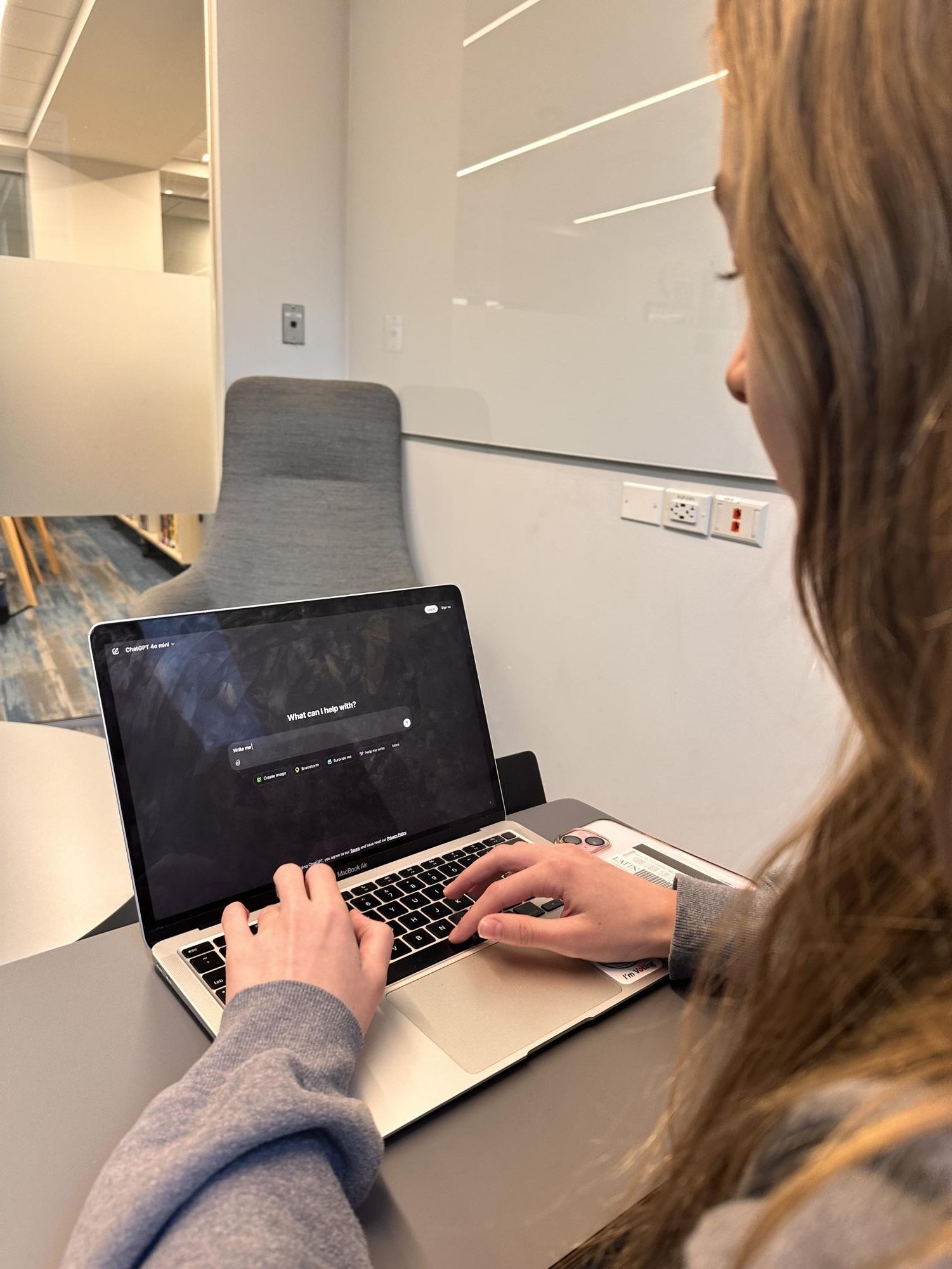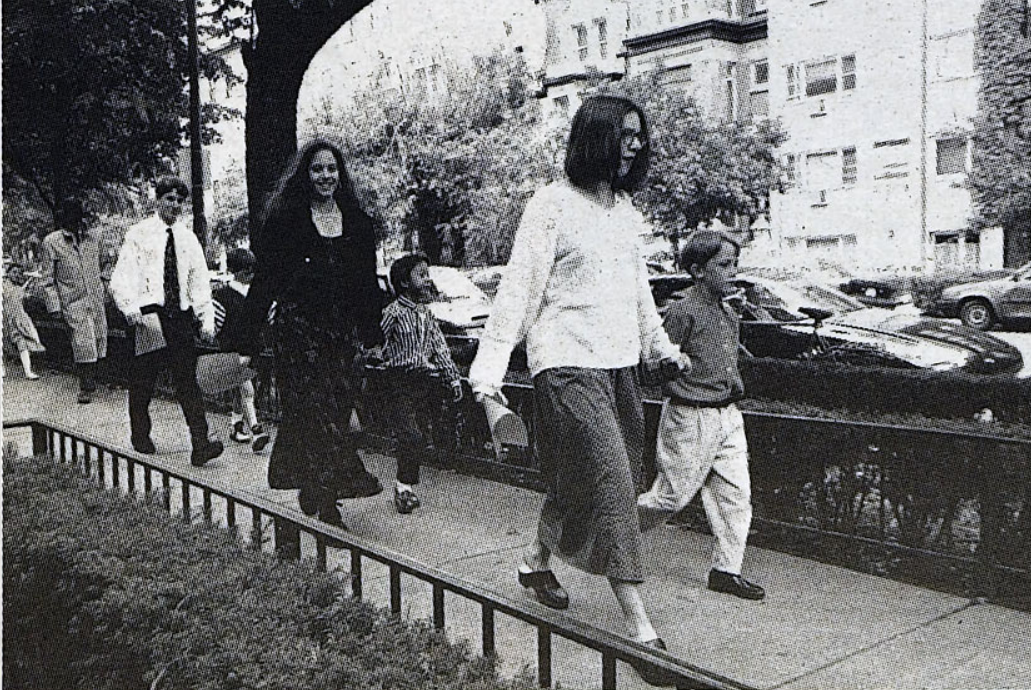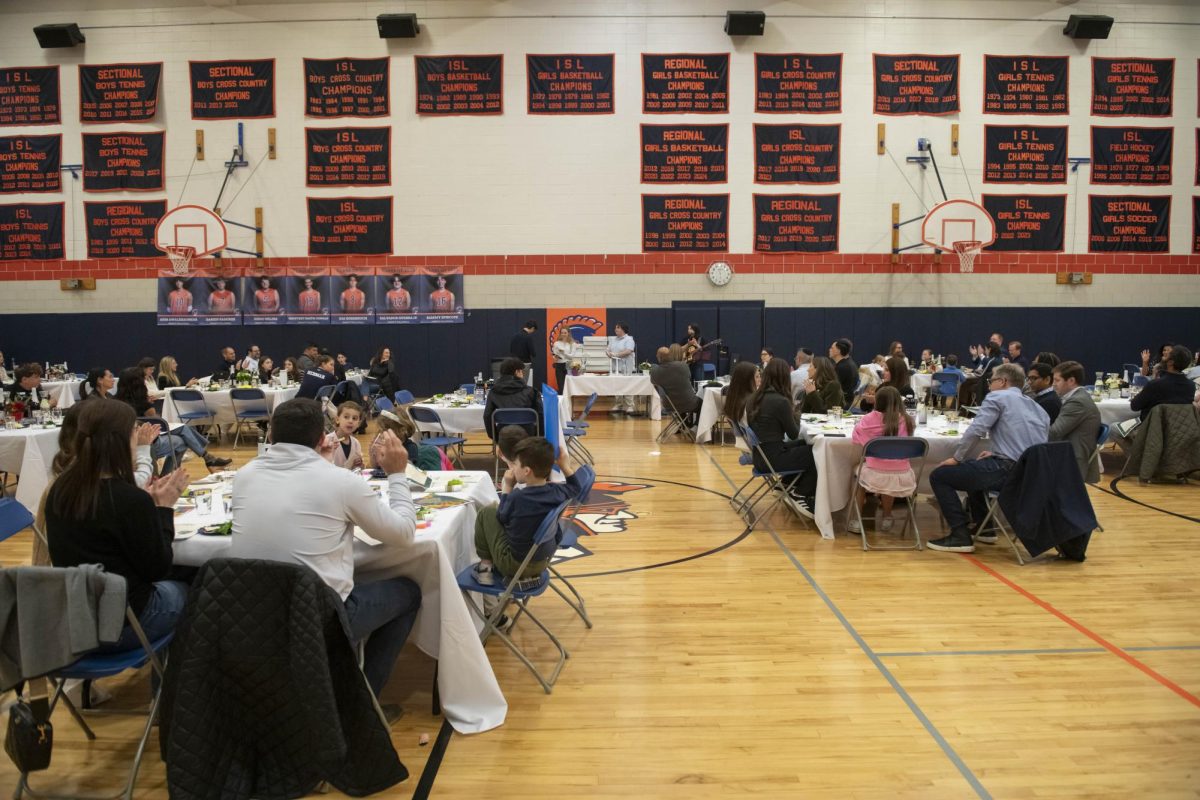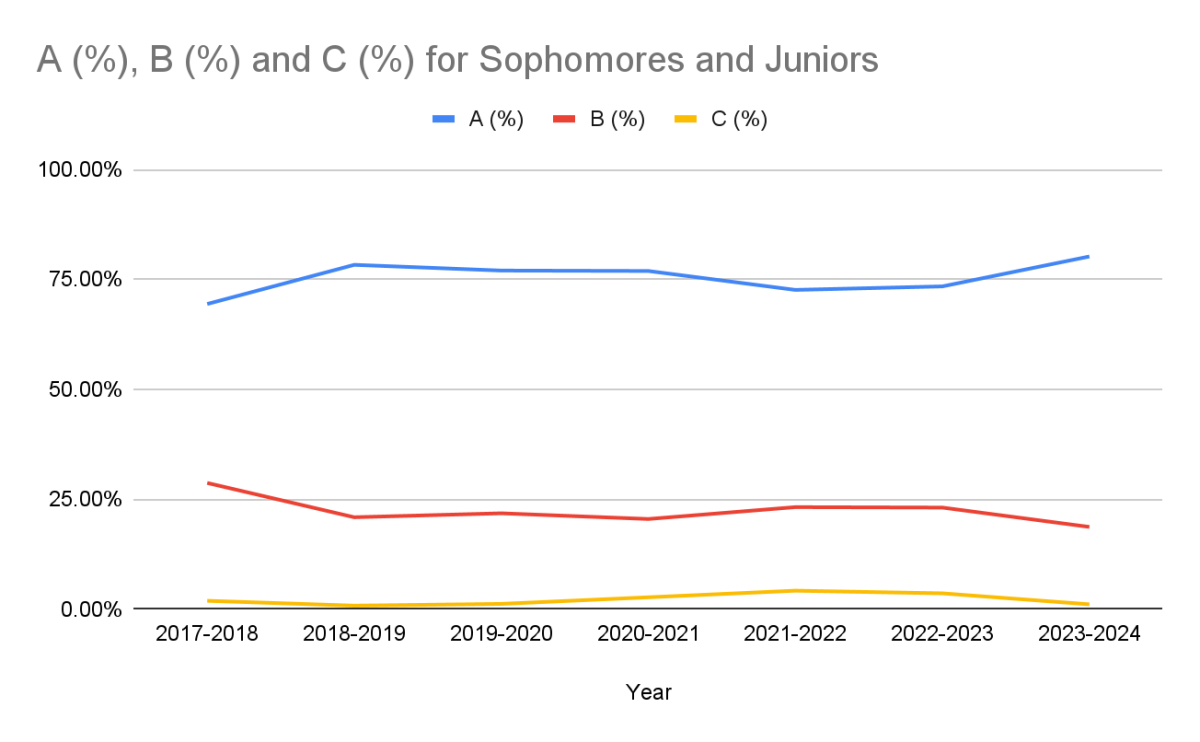It’s 9 p.m., and you’ve just sat down to do your homework after a long day of school, soccer practice, and the exhausting emotional roller coaster of high school. You have a mile-long to-do list including precalculus problems, studying for a biology test, an English reading, and a history essay due in three hours that you have yet to start. The clock ticks, and the few, precious hours of sleep you have—along with your good grades—start slipping away. Desperation creeps in and before you know it, your desktop window opens to ChatGPT.
According to ChatGPT’s creator OpenAI, ChatGPT is an artificial intelligence-based website useful for everyday tasks, organizing and providing information, and inspiring creative ideas. It’s easy to take it further than just inspiration, however. Since ChatGPT’s release in November of 2022, educators have faced new issues in combating academic dishonesty.
At Latin, the potential for academic dishonesty that artificial intelligence brings is the reason many more writing assessments now take place in class, according to Upper School English teacher Molly Lemieux. Latin’s Student Handbook characterizes the use of AI as plagiarism and academic dishonesty, which are prohibited.
“AI is going to be part of the classroom,” Ms. Lemieux said. “Once the technology is developed, you can’t really keep it out of the classroom.”
While Ms. Lemieux views AI in schools as inevitable, students have their concerns. AI could harm humanities disciplines, quash creativity, and drive disengagement—just to name a few.
Junior Caitlin Creevy shared her thoughts on AI, saying, “[There’s] not much positive, to be honest.”
As of now, Latin’s AI policy boils down to this: “Using generative AI and claiming it as your own work is considered plagiarism.”
However, it is possible to use AI in ways that support learning rather than hurting it.
“If you use [ChatGPT] correctly, I think it can be used really effectively and efficiently for learning,” Upper School math teacher and Project Week coordinator Ed Mahoney said. “The amount of information that you can access in an efficient way is one of the values of this tool.”
Mr. Mahoney is trying to navigate using the benefits of AI in his classroom. Last year, for example, his Finance and Math class used ChatGPT to write a project reflection, and he graded students on the quality of their prompts rather than the generated writing. Ultimately, though, he said that due to the discrepancy between the prompts and ChatGPT’s answers, “It didn’t really work.”
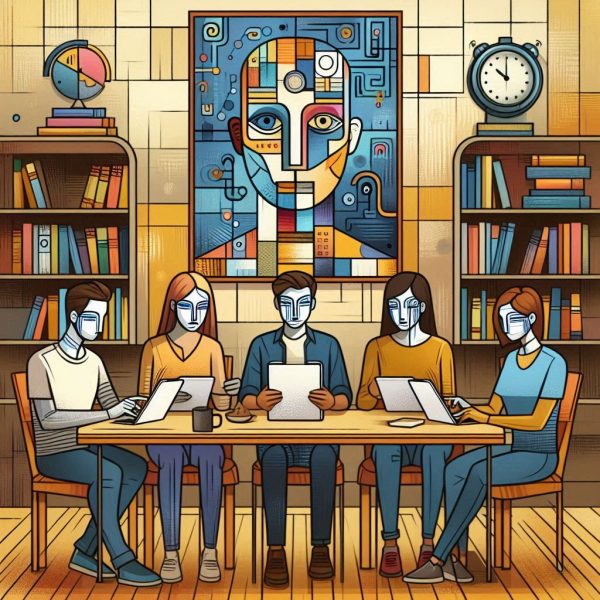
Ms. Lemieux also experimented with using AI in the classroom. She had her American Families class write speeches and put the assignment topic into ChatGPT to test the results. “The speech came out [and] was so bad,” she said. Her students agreed. However, using AI to generate images with her seniors in American Gods as part of the final project was a success.
While teachers are often hesitant to permit the use of AI in classrooms, it is important to adapt to the ever-evolving educational environment. Ms. Lemieux said, “I think that an important part of being a teacher is understanding the dominant culture among your students and meeting them where they are.”
Junior Elle Hodes uses ChatGPT as a study tool. She uses it to make and grade practice tests; a helpful approach, but with certain drawbacks. “Sometimes it’s not fully accurate,” Elle said. “I feel like it always does a really good job teaching, but sometimes it gives you problems that either are unsolvable or [it] gives you the wrong answer.”
Despite AI’s current downsides, Mr. Mahoney is thrilled to watch it develop. “It’s an exciting world,” he said. “I know that there are problems with it, but I’m hopeful that it’s going to be a tool that, much like the calculator, changed education when it was introduced.”
However, Mr. Mahoney cautioned against too much dependence on AI. “When we use all tools, we have to be aware of their limitations,” he said.
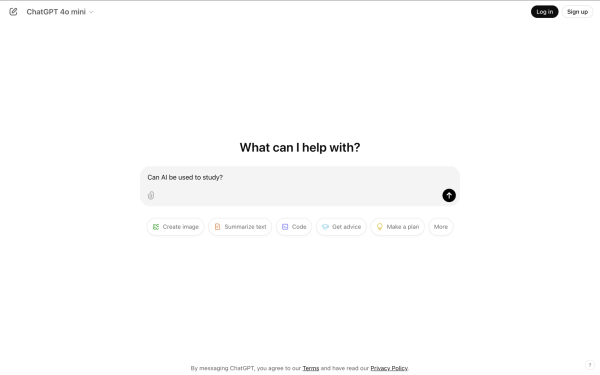
He also stressed the importance of educating students on the inner workings of artificial intelligence—namely, instances of “hallucinations.” An AI “hallucination” occurs when a large language model, such as a chatbot, draws from patterns or objects that aren’t actually there. This results in inaccurate outputs, according to IBM.
While artificial intelligence has been around for a long time, its capabilities are increasing exponentially, for better and for worse.
“I think that technology has some demonstrably negative effects, and at the same time, I think it’s the world that we live in,” Ms. Lemieux said. “The better use of my time and effort is to think about what are ways that I can engage the students I have now, not the students I had 15 years ago.”



